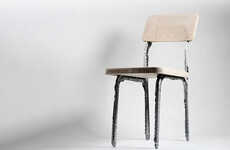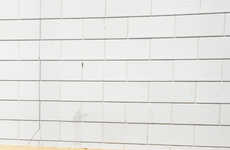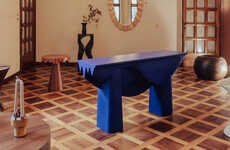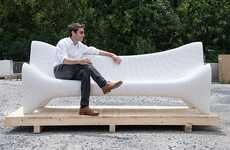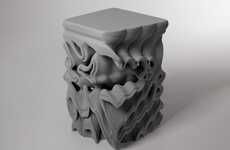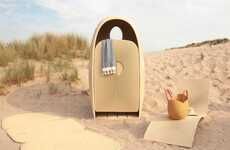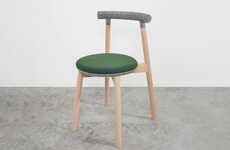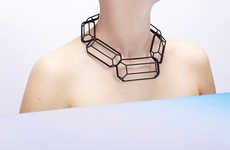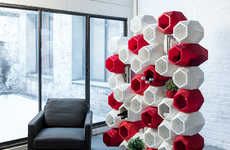
The Dragon Bench by Joris Laarman is the First of Its Kind
Meghan Young — May 15, 2014 — Art & Design
References: jorislaarman & fastcodesign
The Dragon Bench is the first of its kind. Made entirely out of metal, it wass 3D-printed, to the astonishment of many. Fashioned using a groundbreaking new technique called MX3D-Metal, the Dragon Bench ushers in an era of affordable metal structures. As Fast Co Design points out, "It's an exciting prospect, given the possibilities: Metal, after all, plays a key role in the infrastructure of buildings and cars."
Developed by Dutch designer Joris Laarman and backed by Autodesk, the original MX3D-Metal was a little rough around the edges, but the Dragon Bench shows that it has come a long way. Currently the centerpiece of a show held at the Friedman Benda gallery in New York City, it is an undulating structure made of intricate metal strips.
Developed by Dutch designer Joris Laarman and backed by Autodesk, the original MX3D-Metal was a little rough around the edges, but the Dragon Bench shows that it has come a long way. Currently the centerpiece of a show held at the Friedman Benda gallery in New York City, it is an undulating structure made of intricate metal strips.
Trend Themes
1. Affordable Metal Structures - The Dragon Bench showcases the potential of 3D-printed metal furniture, opening up opportunities for creating affordable metal structures for various applications.
2. Advancements in 3D Printing Techniques - The development of MX3D-Metal revolutionizes 3D printing techniques, allowing for the creation of complex metal furniture and structures.
3. Integration of Metal in Design - The use of metal in furniture design signifies a trend towards incorporating metal as a key element in creating unique and innovative furniture pieces.
Industry Implications
1. Furniture Manufacturing - The rise in 3D-printed metal furniture presents disruptive innovation opportunities in the traditional furniture manufacturing industry, enabling the production of more intricate and cost-effective metal furniture pieces.
2. Construction and Architecture - The introduction of affordable metal structures through 3D printing opens up possibilities for disruptive innovation in the construction and architecture industry, facilitating the creation of innovative metal-based building components.
3. Automotive Industry - By exploring the use of 3D-printed metal, the automotive industry can leverage disruptive innovation opportunities to develop lightweight and durable metal components for vehicles, leading to improved performance and fuel efficiency.
5.3
Score
Popularity
Activity
Freshness


